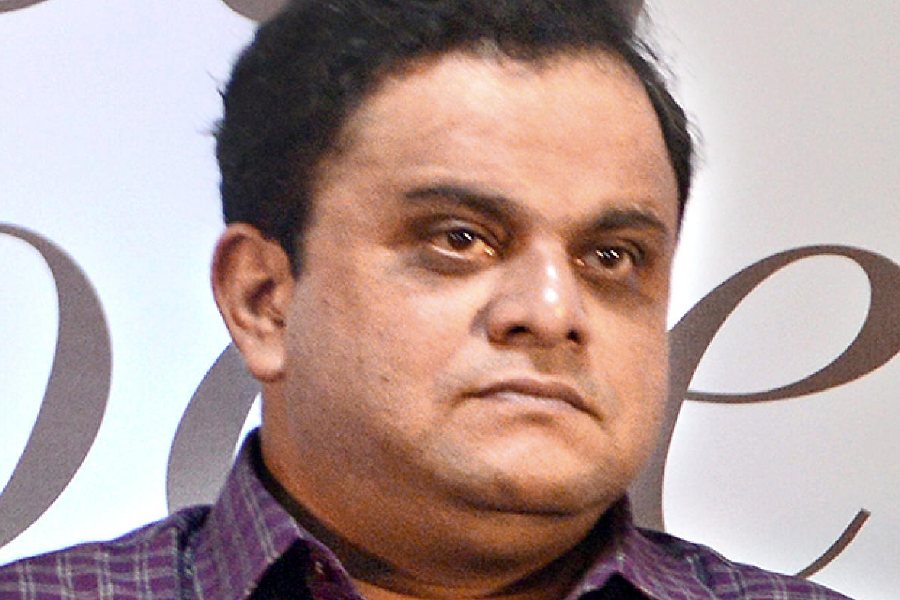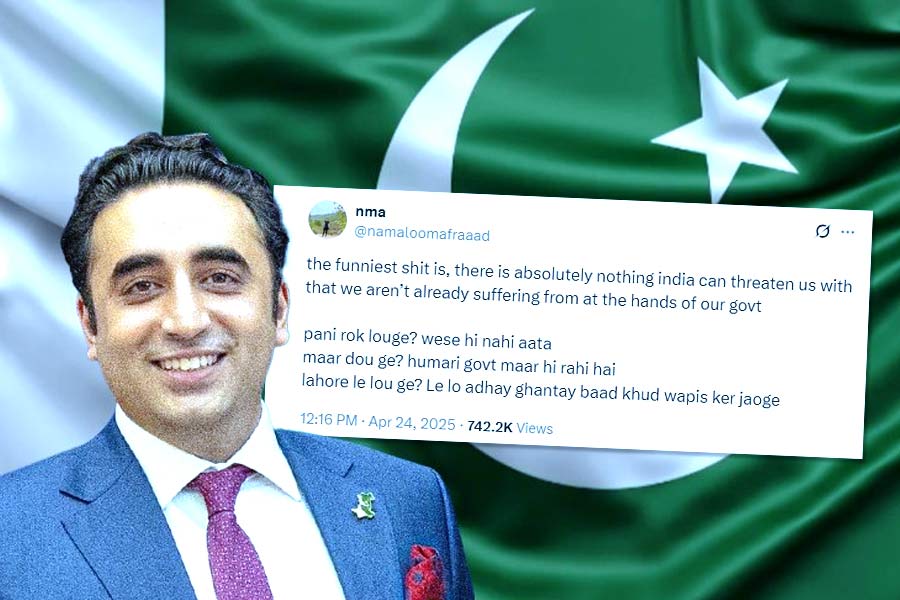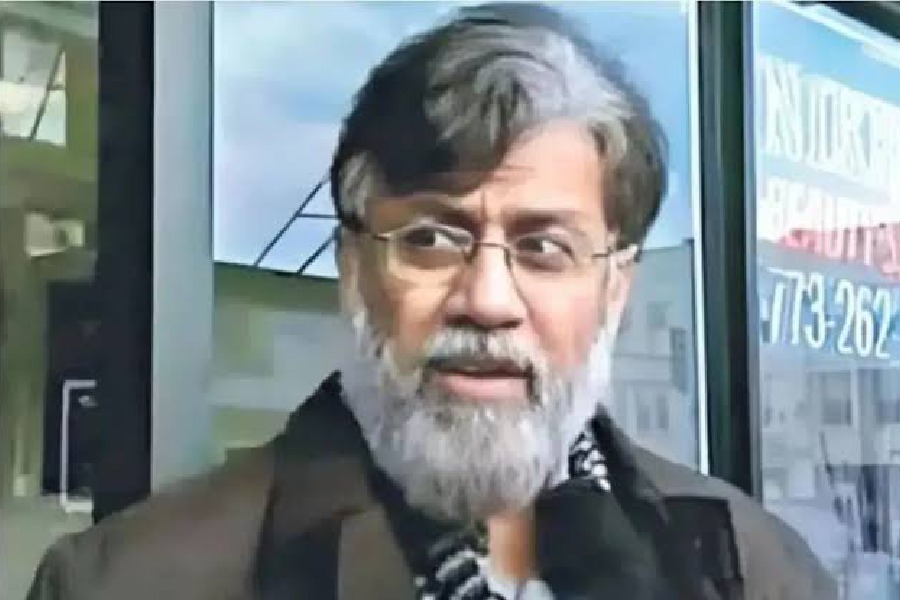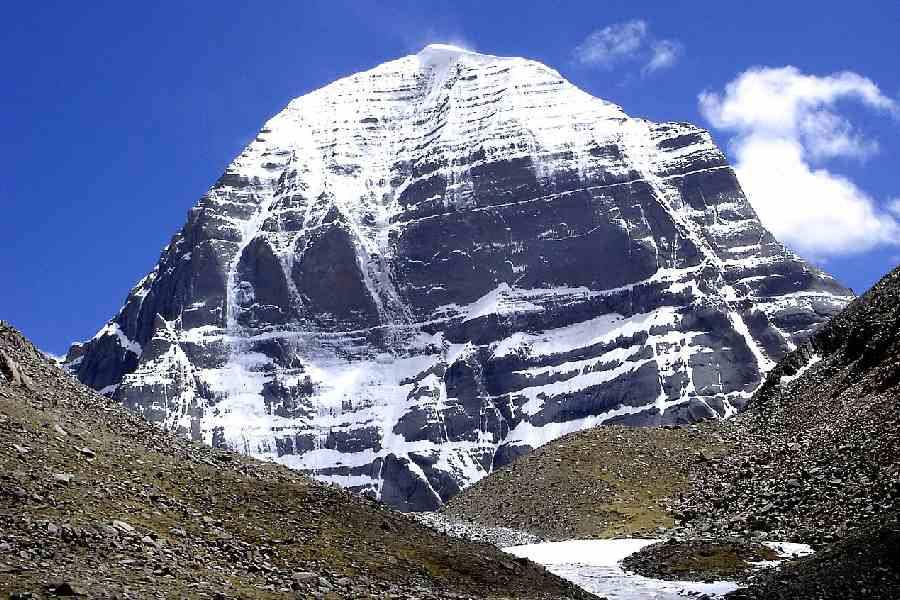 |
Nalanda University is ready to enrol its first batch of research fellows even before the construction of the ambitious varsity has begun.
Selected through a rigorous process by an international committee comprising academics, the scholars would begin their research by June-end. Anjana Sharma, dean (academics), Nalanda University, said: “We had invited applications for research programmes at three levels — junior, fellow and senior — this year. We got 87 applications, most of which were exceptionally good. The selection committee has chosen the best among them.”
While three of them are Indian, the other four are from Cananda, the Netherlands, Myanmar and Germany. Most of them are at the post-doctorate level in their careers and associated with research in various universities.
The selection of foreign students seems to be in line with the international status of the university as well as the global vision of the chairman of its board, Amartya Sen.
In his message, “Nalanda: Old and New”, on the website of the university, the Nobel laureate states: “…the revival efforts in which we are now engaged can be seen as an attempt to spread that tradition over time — indeed over many centuries — along with its global spread.”
Though most of the scholars have global roots, the proposed subjects of their research in disciplines of historical studies and ecology seem to focus closer home on Bihar. Some of them are: New professions in Bihar, remote sensing and mapping of Nalanda, agricultural transformation in south Bihar and the Ganga during early and modern economy.
The scholars would put up in Nalanda or New Delhi, depending on the nature of their research. At Nalanda, they will have offices at the temporary university building that was recently provided by the state health department, 3km away from the site where the university is coming up. They will have to present their final papers within three to nine months.
“They will also contribute towards the preparation of the university syllabus for which details are already being worked out. Later, as the hiring of the faculty begins, some of them might even come on board as they have already shown interest in continuing their association with the university after their research is over,” Sharma said.
Vice-chancellor Gopa Sabharwal said hiring of faculty would start through open advertisements later this year.
“As schools of historical studies and ecology and environment have to be started by 2014, we expect to hire faculty for these streams soon. The number will depend on our requirement in the first phase but at its full capacity we will have around 500 teachers for 2,500 students as the teacher-student ratio will be the same as in the ancient university where there were around 5,000 teachers for about 20,000 students,” she said.
Recently, Ahmedabad-based firm Vastu-Shilpa, which won the competition to design the university, unveiled its master plan. The project is expected to kick off soon.










